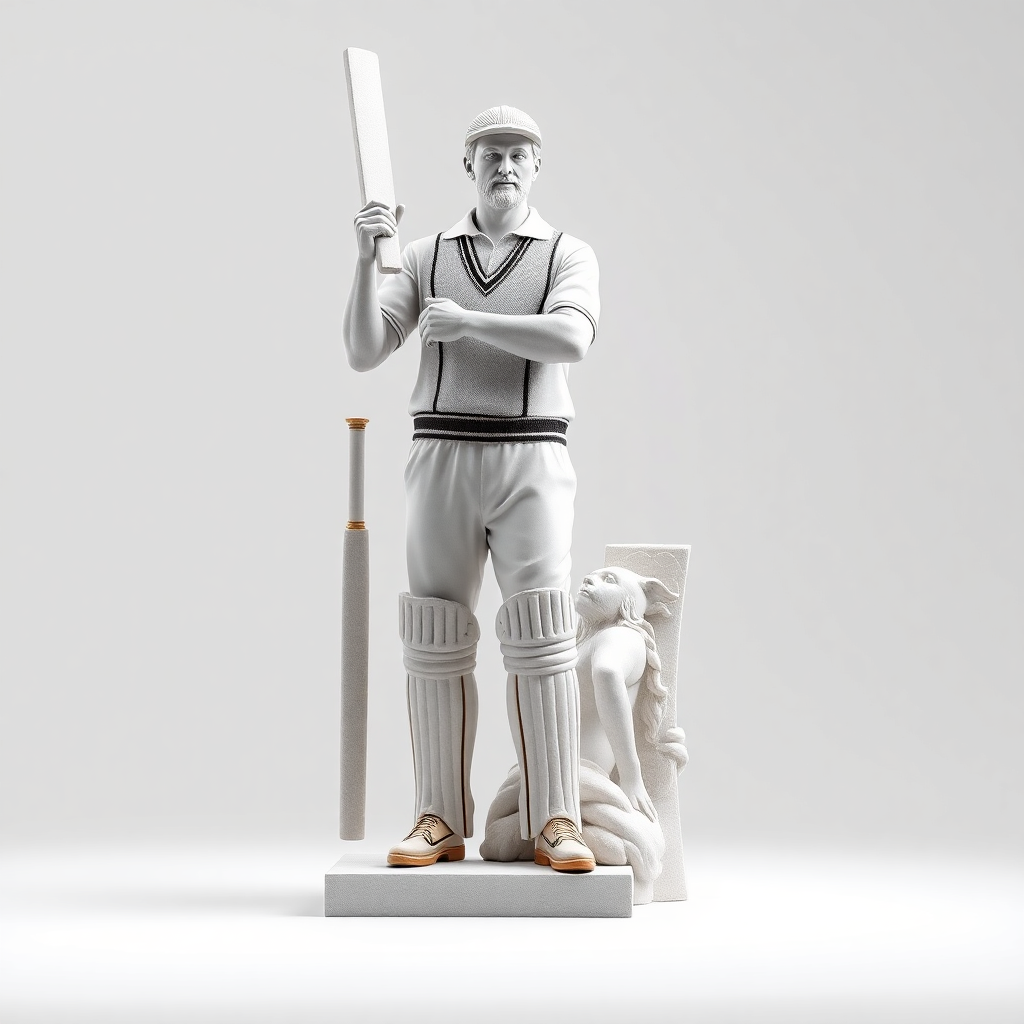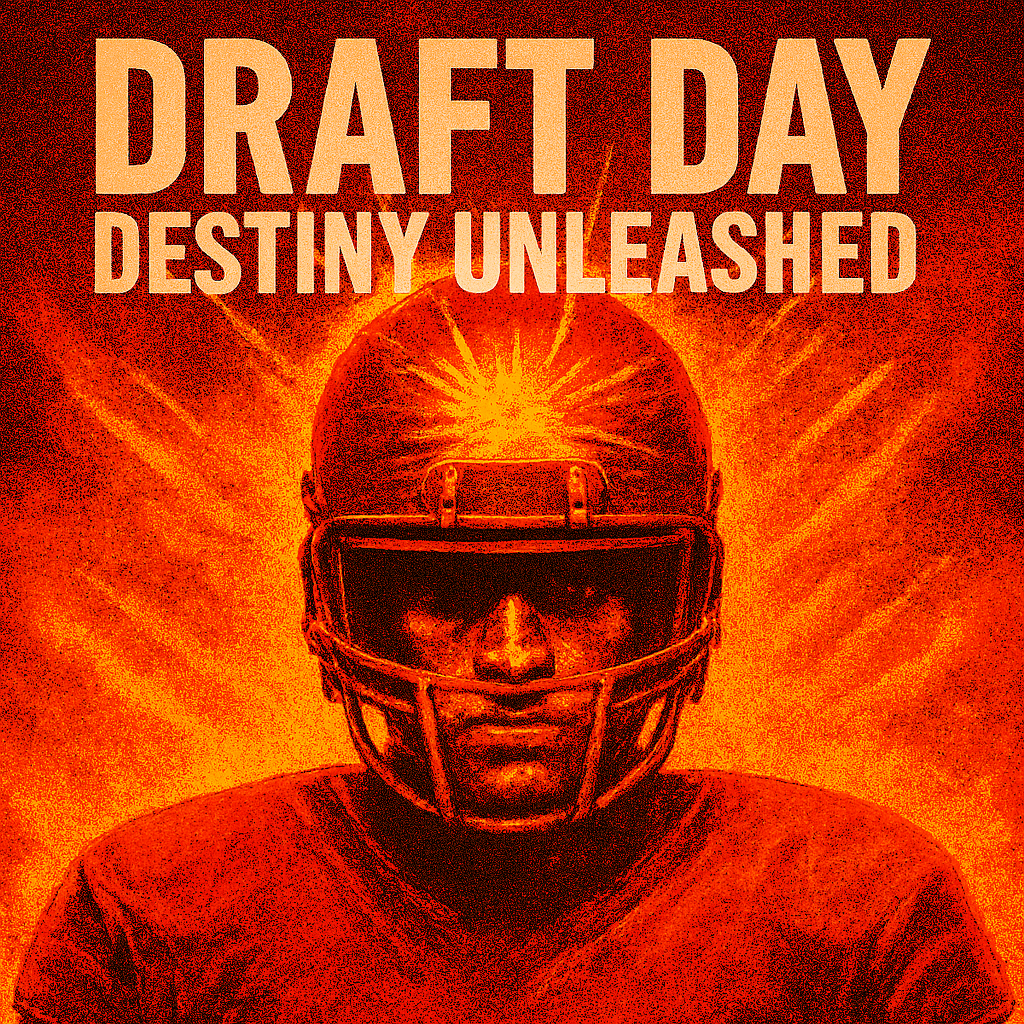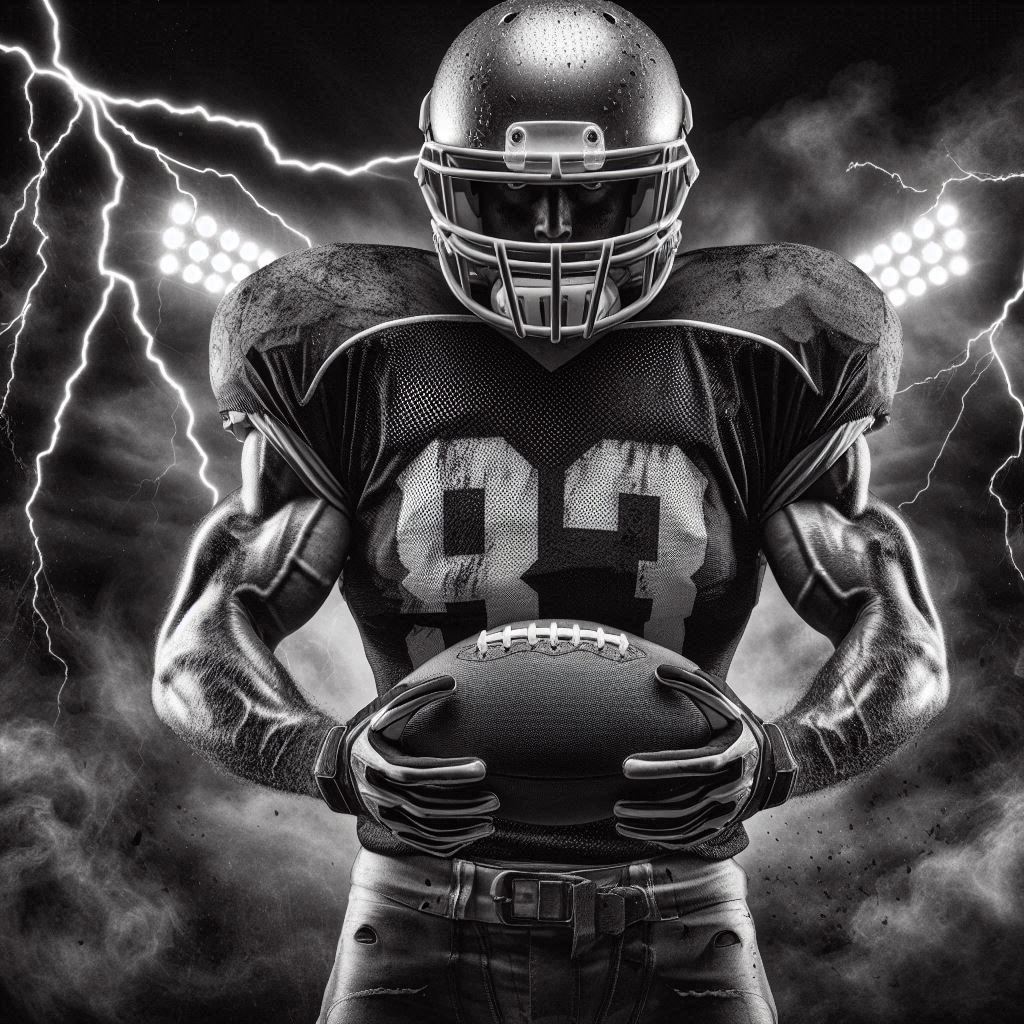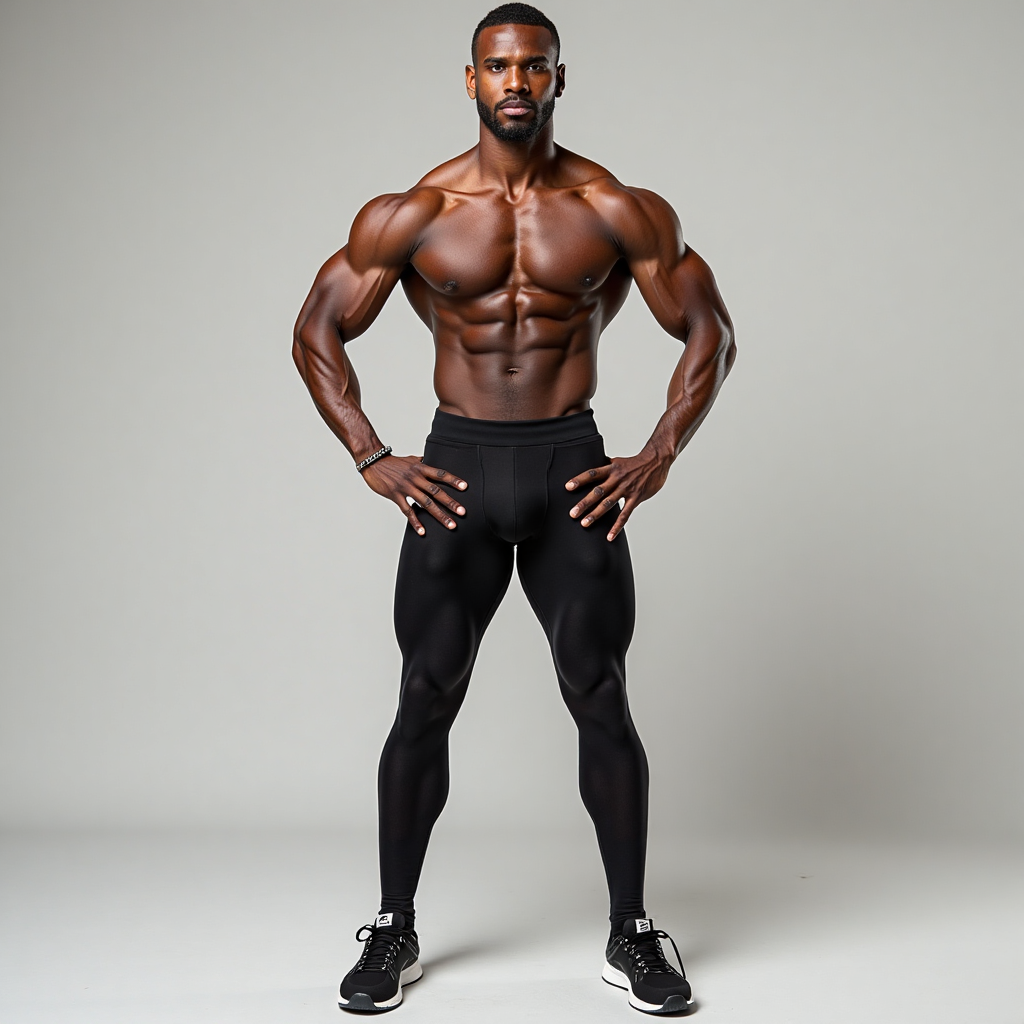Introduction
Few sports have a more iconic piece of equipment than the baseball bat. From the sandlots to the major leagues, the baseball bat has been an integral part of America’s pastime for over a century. But did you know that the humble baseball bat has undergone a remarkable evolution throughout its history? In this comprehensive guide, we’ll delve into the fascinating journey of the baseball bat, tracing its origins, exploring its revolutionary advancements, and comparing the different types available today.
READ ALSO : The Most Decorated Winter Olympians: A Comprehensive Look
The Early Days: Humble Beginnings
The origins of the baseball bat can be traced back to the 18th century, when the game of “rounders” was played in England. This early precursor to baseball used a simple wooden bat to strike a ball. As the game evolved and made its way across the Atlantic, American pioneers crafted their own bats from various hardwoods, such as ash, hickory, and maple.
In the mid-19th century, the first professional baseball leagues emerged, and the demand for high-quality bats skyrocketed. Skilled woodworkers and bat-makers began experimenting with different wood types, weights, and designs to create bats that could withstand the rigors of the game while delivering maximum power and control.
The Wooden Era: Craftsmanship and Tradition
Throughout the late 19th and early 20th centuries, wooden bats reigned supreme. Iconic bat-makers like Hillerich & Bradsby (the makers of the famous Louisville Slugger) and Spalding became synonymous with the sport, crafting bats from carefully selected and seasoned wood.
During this golden age of wooden bats, players developed their preferences for specific wood types, weights, and designs. Legends like Babe Ruth, Ted Williams, and Hank Aaron swung their way into the record books with their trusty wooden bats, each with their own unique specifications and quirks.
Comparison Table: Popular Wooden Baseball Bats
| Bat Model | Wood Type | Typical Weight | Notable Players |
|---|---|---|---|
| Louisville Slugger C271 | Northern White Ash | 32-34 oz | Babe Ruth, Stan Musial |
| Spalding Rocket | Northern White Ash | 33-35 oz | Willie Mays, Eddie Mathews |
| Mizuno Bamboo Elite | Bamboo | 31-34 oz | Ichiro Suzuki |
| Old Hickory | Hickory | 34-36 oz | Pete Rose, Johnny Bench |
The Aluminum Revolution
In the 1970s, a new era of baseball bat innovation began with the introduction of aluminum bats. Initially designed for use in youth and amateur leagues, aluminum bats offered several advantages over their wooden counterparts. They were more durable, required less maintenance, and could potentially hit the ball farther due to their lighter weight and larger sweet spot.
As aluminum bat technology advanced, major league players began experimenting with them during batting practice and off-field training. However, due to concerns over the potential for increased ball exit speeds and player safety, aluminum bats were never approved for use in professional games.
Comparison Table: Popular Aluminum Baseball Bats
| Bat Model | Material | Typical Weight | Recommended Level |
|---|---|---|---|
| DeMarini CF Zen | Composite Alloy | 26-30 oz | High School/College |
| Easton Ghost X | Composite Alloy | 27-31 oz | Youth/Amateur |
| Rawlings VELO | Alloy | 28-32 oz | High School/College |
| Louisville Slugger Omaha | Alloy | 26-30 oz | Youth/Amateur |
The Modern Era: Composite and Hybrid Bats
In the late 20th and early 21st centuries, bat manufacturers began exploring new materials and designs to push the boundaries of performance. Composite bats, made from advanced materials like carbon fiber and Kevlar, emerged as a popular choice for their exceptional durability and power potential.
Additionally, hybrid bats, which combine traditional wood with composite materials, became a popular option for players seeking the best of both worlds – the classic feel of wood with the added pop and durability of modern composites.
Comparison Table: Popular Composite and Hybrid Baseball Bats
| Bat Model | Material | Typical Weight | Recommended Level |
|---|---|---|---|
| Marucci Cat9 Connect | Maple/Composite | 31-34 oz | Professional/College |
| Victus Maple/Composite | Maple/Composite | 32-35 oz | Professional/College |
| Axe Bat Elite | Composite | 30-33 oz | Amateur/College |
| Zinger Avenger | Composite | 28-31 oz | Youth/Amateur |
Frequently Asked Questions (FAQs)
- What is the most popular wood used for baseball bats?
The most popular and widely used wood for baseball bats is Northern White Ash, known for its strength, durability, and consistent performance. - Can aluminum bats be used in professional baseball games?
No, aluminum bats are not allowed in professional baseball games due to concerns over increased ball exit speeds and player safety. Only wood and composite bats are permitted in professional leagues. - How often do professional players replace their bats?
Professional players often replace their bats frequently, sometimes after just a few games or even after a single at-bat. This is due to the high-intensity use and the need for optimal performance. - What factors should be considered when choosing a baseball bat?
When choosing a baseball bat, players should consider factors such as their skill level, age, league regulations, and personal preferences for weight, length, and barrel size. Proper bat selection can greatly impact performance and safety. - Can baseball bats be customized?
Yes, many bat manufacturers offer customization options, allowing players to personalize their bats with custom engravings, logos, and color schemes.
Human Recommendation and Suggestion
When it comes to choosing a baseball bat, it’s essential to consider your specific needs, level of play, and personal preferences. If you’re a beginner or a recreational player, an affordable aluminum or composite bat might be the way to go. These bats offer durability, consistent performance, and a more forgiving sweet spot.
For more experienced and competitive players, a high-quality wood or hybrid bat might be the better choice. These bats provide a classic feel and allow for greater control and feedback, but they may require more frequent replacement due to their susceptibility to wear and tear.
Regardless of your choice, it’s always advisable to seek guidance from experienced coaches, trainers, or pro shop experts. They can help you select the right bat based on your hitting style, swing mechanics, and league regulations.
Additionally, consider checking online forums, customer reviews, and social media communities for insights from other players who have experience with different bat models. Their firsthand experiences can be invaluable in helping you make an informed decision.
Remember, the right baseball bat can greatly enhance your performance and enjoyment of the game. Take the time to research and try out different options to find the perfect fit for your needs.
Proof and Trusted Sources
To ensure the accuracy and credibility of the information provided in this article, we’ve relied on various trusted sources and industry experts. Here are some links and references for further reading and verification:
- Louisville Slugger: A History of the Baseball Bat
- Rawlings: The Evolution of Baseball Bats
- BBCOR Bat Standard: Understanding the Regulations
- BaseballRampage Forum: Bat Discussion and Reviews
- WhatProSwing: Professional Player Bat Preferences
We encourage readers to explore these sources and engage with the baseball community to deepen their understanding of baseball bats and stay up-to-date with the latest advancements and trends.















The Greatest Underdog Stories in Sports: Defying the Odds and Inspiring the World | Crickky
[…] READ ALSO : The Evolution of the Baseball Bat: From Wooden Wonder to High-Tech… […]